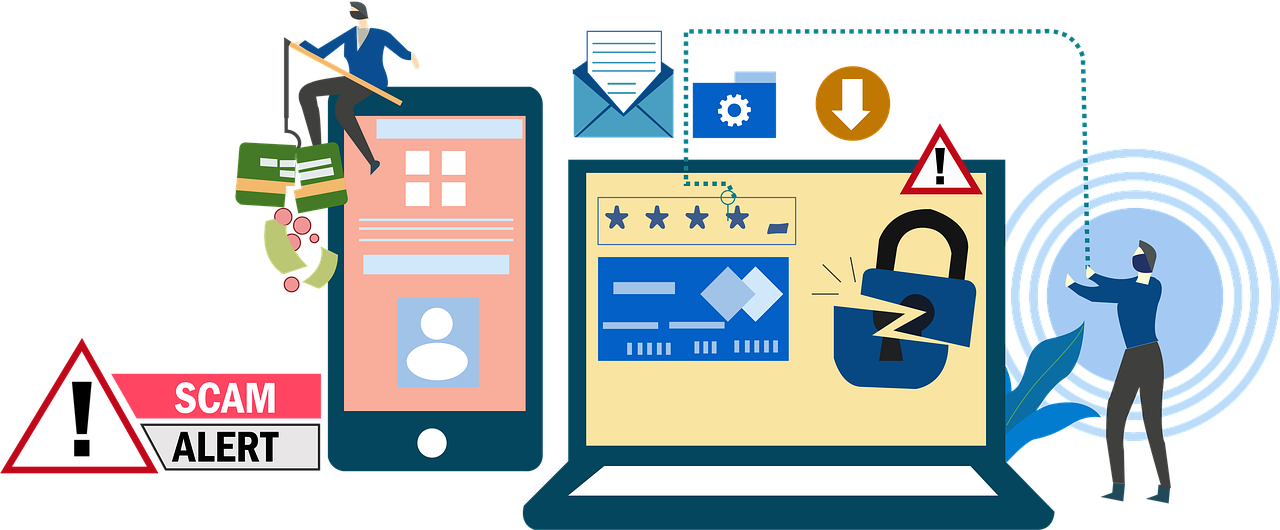Fake DGT fines have become one of the most prevalent methods used by fraudsters to defraud drivers. The most recent approach discovered involves a bogus text message sent directly to mobile phones that seems to be an official warning from the Directorate General of Traffic. The goal is always the same: to alert the user and fool them into clicking on a harmful link.
The DGT has published a warning on its social media channels on the latest scam effort. “Another round of fake SMS messages. If you get a similar one, don’t fall for it. “It’s a scam,” the agency wrote in a message. Cybercriminals attempt to create an official appearance by using terms such as “last warning before your outstanding fine increases,” which encourages many drivers to fall into the trap, believing they will be charged more.
How to determine if a message is phoney
The key to detecting these types of scams is to understand the Traffic Department’s actual channels. The DGT never sends fines via text message or email. Official notices are delivered directly to the driver’s residence via certified mail.
If you are enrolled with the Electronic Road Administration (DEV), you will receive an SMS or email indicating that a notification is accessible in your email inbox. To gain access, you must first verify your identity using an electronic ID, digital certificate, or the Cl@ve system.
Official channels for checking penalties
If drivers are unsure whether a fine is pending, they can consult numerous credible sources:
- The DEV’s electronic mailbox.
- The official bulletins of the autonomous community.
- The notice boards of the town halls.
- The Traffic Sanctions Edictal Board (TESTRA) .
- The Single Edictal Board of the BOE .
Knowing these pathways is vital for avoiding fraud. When confronted with dubious SMS messages, the DGT’s advice is straightforward: disregard the message, do not click on links, and never submit personal information.









No Comment! Be the first one.